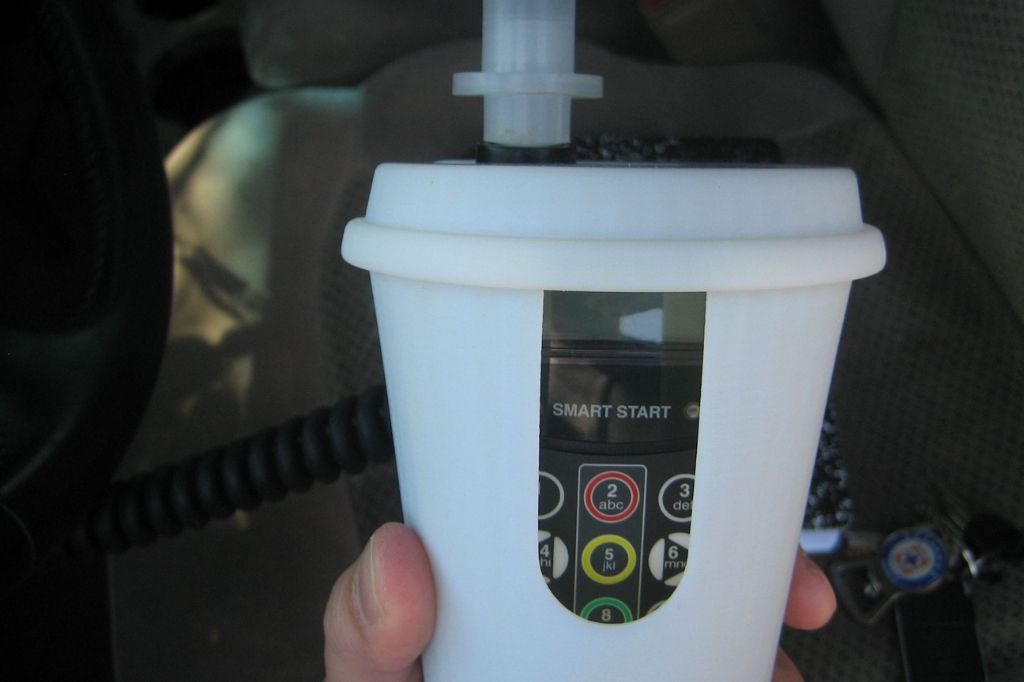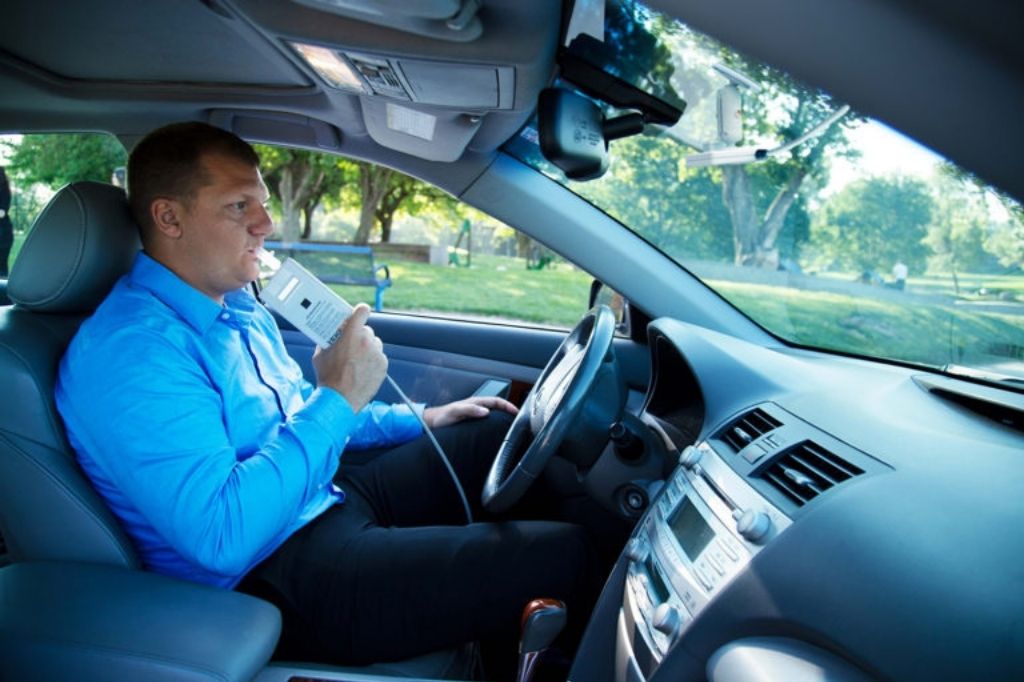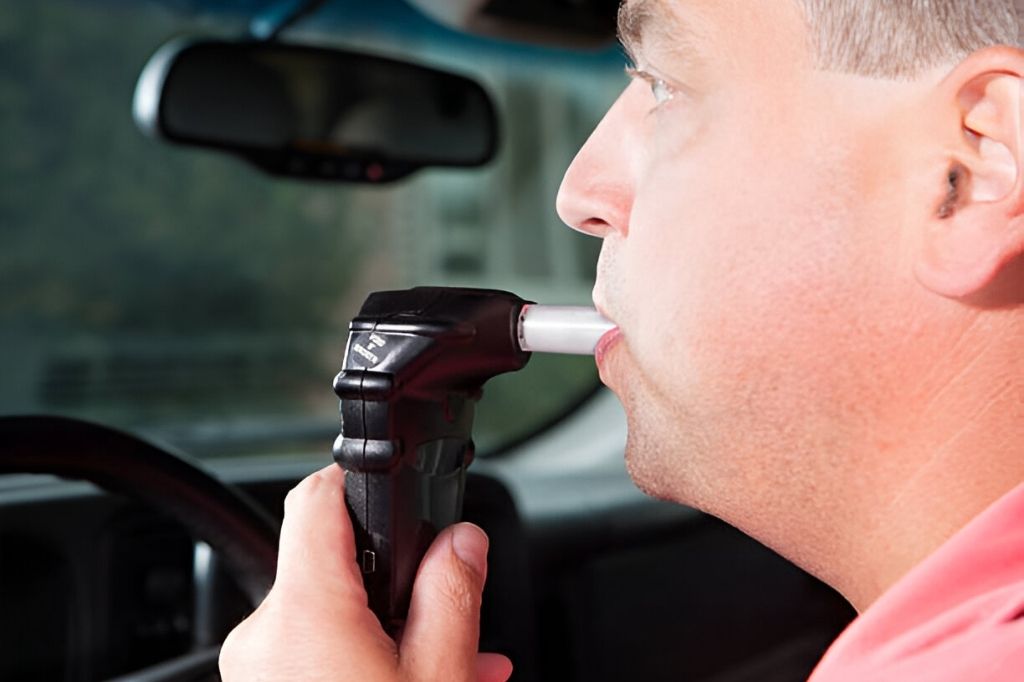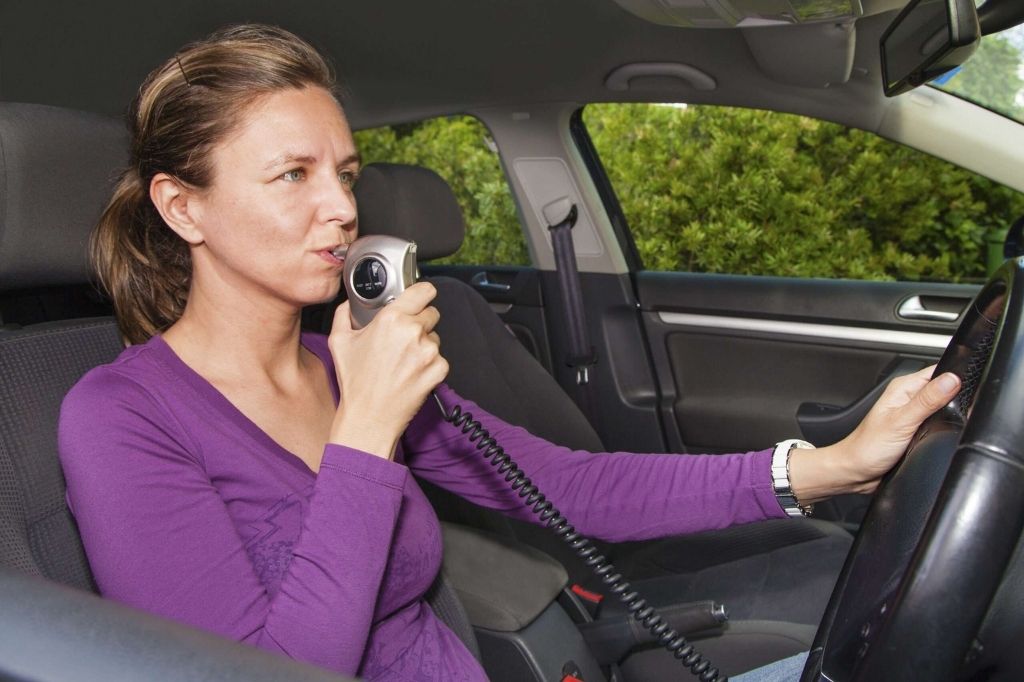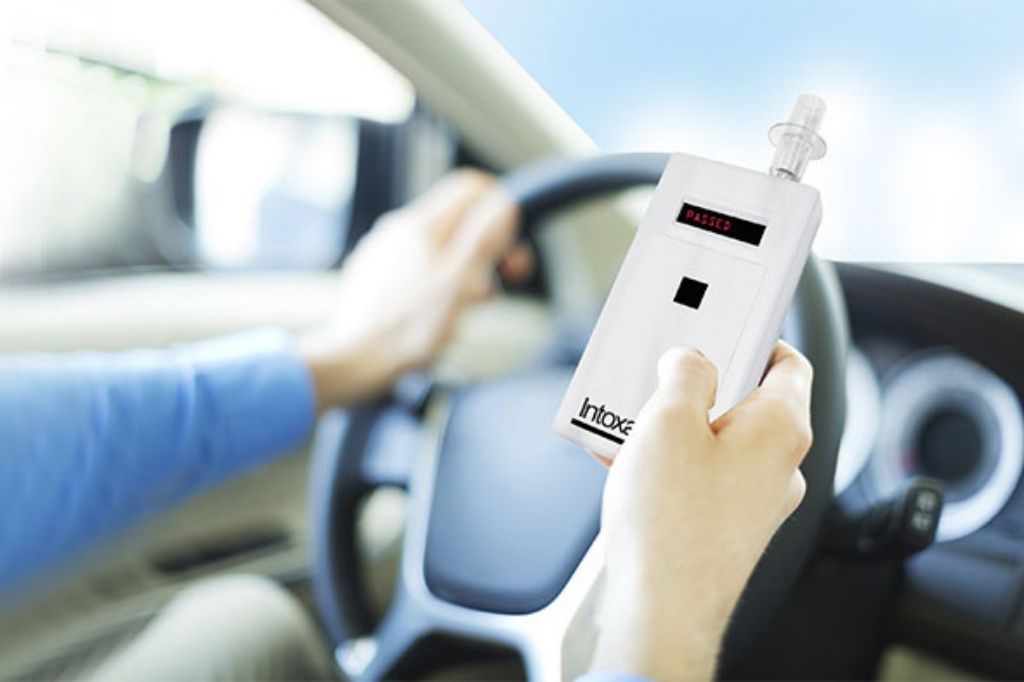Alright, let’s be real. If you’re dealing with an Intoxalock device, you’ve probably already had enough stress in your life without it throwing random errors. So, what does it even mean when you get a failed test? And especially when you’re pretty darn sure you haven’t had a drop of alcohol. Getting an “Intoxalock failed test” message isn’t just annoying; it’s confusing, a little bit stressful, and can leave you questioning what’s even going on. Don’t worry; you’re not alone here, and there’s a lot we can unpack.
Let’s dive into what causes these failed tests, what you should do when you see one, and some tips for avoiding them in the future.
What Exactly Is Intoxalock and How Does It Work?
Alright, first things first; let’s talk about what this device is supposed to do. Intoxalock is an ignition interlock device (IID), which is basically a breathalyzer attached to your car. It’s there to make sure the car doesn’t start if it detects alcohol in your system. This is a pretty common requirement if you’ve had a DUI, but hey, no one needs the extra stress of dealing with it every day, right?

Here’s how it works in a nutshell: you blow into the device before you start the car. If the Intoxalock device detects alcohol over a set limit (usually something low like 0.02%), it registers a failed test, and your car’s not starting. End of story. But, the story doesn’t quite end there because sometimes things don’t go as planned. You might get a failed test even when you’re totally sober. Why? Because these devices can be a little touchy; sometimes too touchy.
Also, Intoxalock units require random retests while you’re driving to make sure you’re staying sober. If you fail these retests, alarms or other annoying sounds might start, and they won’t stop until you pull over safely and turn off the vehicle. Yeah, not ideal when you’re just trying to get somewhere without causing a scene.
Common Causes for a Failed Test (Even When You’re Sober)
Alright, let’s get into it: why on earth would you get an Intoxalock failed test when you haven’t had anything to drink? Turns out, these devices can pick up on more than just alcohol from drinking. Some things that might surprise you; certain foods, mouthwash, even hand sanitizer. Yep, sometimes just a ripe banana or a quick squirt of hand sanitizer can lead to a failed test.
Let’s break it down a bit. Hand sanitizer or anything with a strong alcohol scent can leave lingering traces that the device might pick up on. Or let’s say you just brushed your teeth with a minty toothpaste, which sometimes can have alcohol too. Even certain medications like cough syrups or mouthwashes can contain small amounts of alcohol, and boom, false positive.
One more weird one? Smoking. Believe it or not, some smokers get higher readings because of the residue from cigarettes. It’s strange, but it happens. Plus, if your device hasn’t been calibrated recently, it might not be working as accurately as it should be. If it’s been a while since your last service appointment, it might be time to give the Intoxalock a little check-up to avoid these frustrating moments.
Editor’s Pick: Intoxalock Removal Fee
What To Do Right After a Failed Test?
Okay, so you just got a failed test message, and you’re wondering what to do. First, don’t panic. Seriously, take a breath; just not into the device! Wait a few minutes, and try again. Sometimes a little break can give any lingering alcohol particles a chance to dissipate. Rinse your mouth with water if you think it might help.
If it fails again, think back. Did you use any products that might have caused it? Maybe some mouthwash, or did you just eat something funky? It helps to keep a mental note of anything you used just before the test, as it could give you some clues.
And if you’re still having trouble, you can always reach out to Intoxalock’s support line. They deal with these kinds of calls all the time, so they might have some specific advice for your situation. One more tip: jot down any failed test readings in a personal log. This might come in handy later if you need to explain to someone that it wasn’t actually a drinking-related issue, just one of those random quirks of the device.
Potential Consequences of a Failed Test
Now, let’s talk about the elephant in the room; what happens if you get a failed test and it triggers something bigger? In some cases, especially if you get multiple failed tests in a row, it can result in an alert being sent to the authorities. Not exactly ideal, right? If you’re under court monitoring, repeated failures could lead to extra fees, additional penalties, or even an extended time that you’re required to use the device.

Sometimes, if your device is showing repeated fails, you might be asked to bring it into a service center. They can recalibrate it, check it over, and make sure it’s working correctly. Depending on the state’s requirements, you might even need to explain each failed test to a case manager or official; especially if you get more than one. So, yeah, it’s worth knowing why you got that failed test and doing what you can to prevent it in the future.
Tips to Avoid a Future Failed Test
Look, nobody wants to deal with this hassle more than once. So, what can you do to make sure your Intoxalock doesn’t throw another surprise your way? First off, be cautious about what you’re eating and drinking before a test. Mouthwash? Choose an alcohol-free one. Hand sanitizer? Try to avoid breathing in too soon after using it. Foods like ripe fruits or anything fermented can be a bit risky, too.
Another tip: make it a habit to rinse your mouth with water before testing. It sounds simple, but sometimes it’s enough to clear out any lingering particles. And if your device hasn’t been calibrated recently, set up a service appointment. Keeping the Intoxalock in top shape can help cut down on any random readings that might be giving you a headache.
Finally, try to wait a minute or two if you think something in your mouth might cause a problem. The device is sensitive, and a little patience can go a long way in helping you avoid failed tests that just end up wasting your time.
Wrapping It All Up!
A failed test on your Intoxalock device can feel like a big deal, especially if it happens unexpectedly. But with the right steps, you can handle it calmly and avoid future issues. The key here is knowing what might trigger those false positives; things like mouthwash, hand sanitizer, or certain foods.
And if you do get a failed test, taking a few minutes to figure out the cause can help prevent bigger problems.
Remember, a failed test doesn’t have to mean trouble. Use it as a chance to adjust your habits, learn what works, and get more comfortable with the device. And if you’re ever in doubt, don’t hesitate to reach out to Intoxalock or your monitoring authority. A little knowledge and a bit of preparation go a long way in keeping your driving smooth and worry-free!


